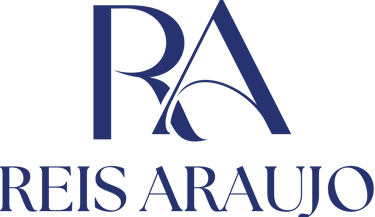Trademark Oppositions in Brazil: What Foreign Applicants Need to Know
Learn how trademark oppositions work in Brazil and why they occur at the very beginning of the registration process. Understand deadlines, how to respond, and what foreign applicants should expect.
11/21/20252 min read


Registering a trademark in Brazil involves steps that may differ significantly from the procedures in the U.S., Europe, and other jurisdictions. One of the most important differences is when trademark oppositions occur.
In Brazil, oppositions happen at the very beginning of the process, shortly after your application is formally filed and published by the Brazilian Patent and Trademark Office (INPI). Understanding this timing and knowing how to respond is essential to protect your brand in the Brazilian market.
How Oppositions Work in Brazil
After the trademark application is filed, INPI performs a formal examination. Once approved, the application is immediately published for opposition in the Official Gazette.
From the publication date, any third party has 60 days to file an opposition, arguing that your trademark conflicts with prior rights or could cause consumer confusion.
This stage happens before the substantive examination by INPI, which is different from several jurisdictions where oppositions occur only after the office has granted or preliminarily accepted the trademark.
Why This Timing Matters
For foreign applicants, the early opposition phase in Brazil has two major implications:. You must monitor your application from day one. Like mentioned the opposition appears at beginning of the process, right after filing the trademark. This is the only moment to record your arguments a defend the registration.
Once an opposition is filed, the owner has 60 days to submit a response (counterstatement). This response becomes part of the official record and will be considered by INPI during the substantive analysis. A well-substantiated response can significantly strengthen the chances of approval.
How to Respond to an Opposition
A strong response typically includes:
arguments demonstrating the distinctiveness between the marks;
clarification about goods/services differences;
legal arguments under the Brazilian IP Law (Law 9.279/96);
evidence of legitimate use or brand positioning, if relevant.
Failing to respond means INPI will evaluate only the opponent’s arguments, which can jeopardize the registration.
What Happens Next?
After the opposition and your response are submitted, the process moves to substantive examination. INPI will then issue a decision:
✔️ Approval: The trademark is accepted, and you must pay the final fees to obtain the registration certificate.
❌ Rejection: If rejected, you still have the right to file an administrative appeal within 60 days.
The Brazilian trademark system is unique in placing the opposition period at the very start of the process.
For foreign companies entering Brazil, monitoring deadlines and preparing a strategic opposition response is essential to secure trademark protection.
Our firm assists international clients with the entire Brazilian trademark process from filing to opposition management and enforcement ensuring a smooth and compliant registration procedure.


